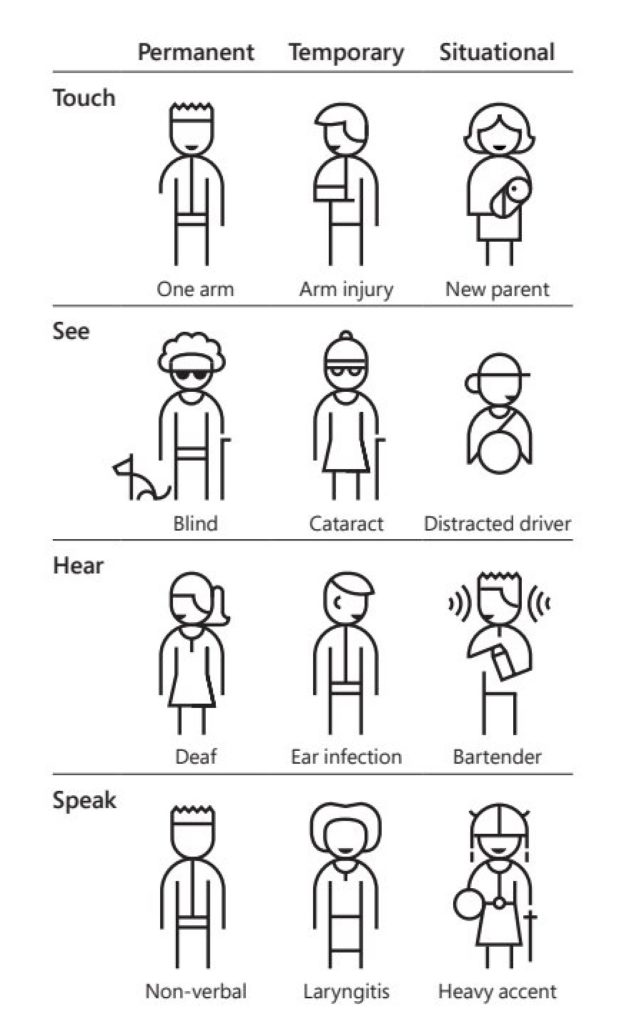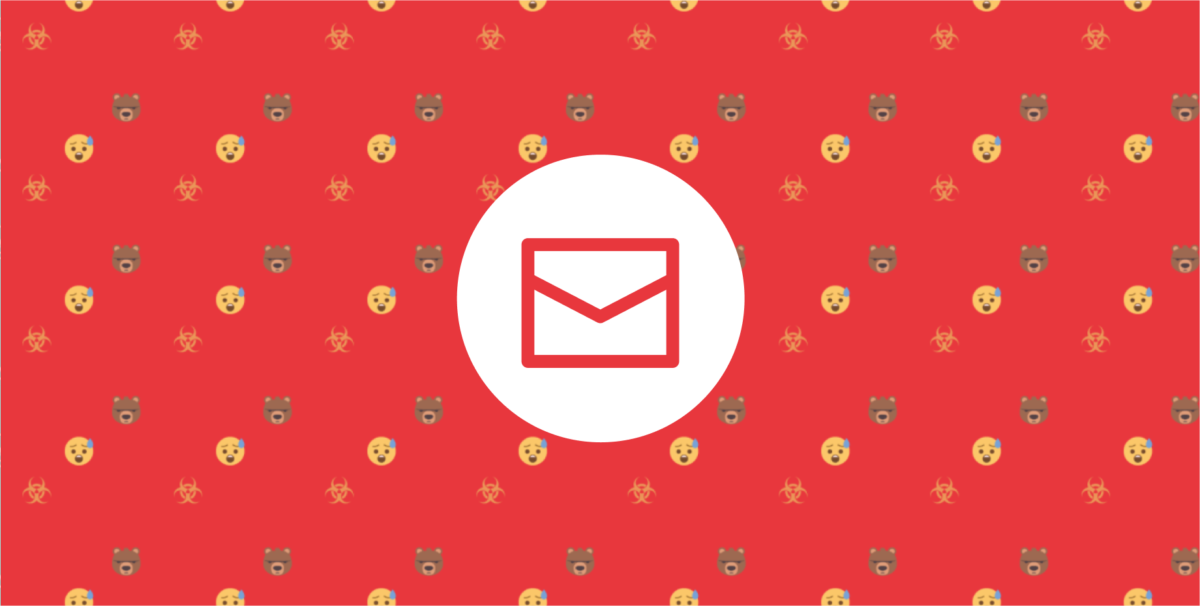The following 7 design, inspiration and other bits of interest bullets that kept me pondering during last month:
- With the C-19 forcing teams to choose a more distributed and nimble approach to work, you might find one of the designers wondering how to stay productive. I love this article from Stack Overflow design team on their approach to distributed design and strong remote teams. It was written a couple of years ago and thus has been proven to work since then much more weight than over listicle style posts: bit.ly/stack-overflow-design
- If you want your remote design team to excel, remote team building activities are a must. Having an anchoring point and underlying purpose gives a deeper meaning to social interactions. That’s why I like the idea of fostering activities that indirectly benefit the craft as well as boost morale. As a great example of such effort, the design team at 99 designs made a UX design book club where people can discuss great titles, share their experience, insights and more. Maybe having a virtual book club in this turbulent time is something your design team would benefit from?
bit.ly/99designs-ux-book-club - I’m a hardcore subscriber to #inboxzero movement which makes remote (or office) work via email pure pleasure. That’s nothing new, though. Have you heard of the todo-list-zero as an approach to sorting the anxiety-inducing daily to-do mess? If you need an extra boost in productivity it might just be the method to add to your remote work toolkit:
bit.ly/zero-to-do - A while back on my weekly Design Tool Tuesdays Youtube series I’ve reviewed a physical clock made specifically for activities like design sprint facilitation (also the most essential tool you can get to make your workshops 10x more effective): https://youtu.be/MCodypLSjok. While it looks awesome and super useful you probably won’t be able to get it just yet, nor use it for your online workshops. So here’s a free alternative: Design folks at Clearleft have published a practical workshops activities clock that you can use online during your in-house or remote workshops. Super simple, brilliant and free:
bit.ly/design-sprint-online-clock - This month’s random psychology study is on the importance of having a structured routine. It’s essential to bring meaning to one’s life (especially when facing self-isolation or otherwise working remotely). While there has been a multitude of studies published in the past decades (Fry, Maslow, Frankl to name a few), as a design lead/manager, my crucial concern about the sudden need to work in isolation is how every designer might struggle to maintain optimal mental state. And so what’s clear is that the absence of a strict routine causes all sorts of mental issues in the long run. This summary of all those studies is a perfect reminder that the key to playing the long game in tough conditions is a simple routine:
bit.ly/remote-work-routine - And if you plan to up your game with a stricter routine, make sure to add a fixed time slot for learning old new things. For example, you could revisit one of the peripheral UX disciplines that usually don’t get enough attention. An example of this could be accessibility. You see, before publishing this newsletter today, I’ve learned a small new thing that transformed the way I look at available products and services. What’s that you ask? The situational accessibility. Here’s a great example:

- I want to finish this month’s newsletter with probably the most essential snippet: When the system breaks down, (design) leaders stand up. Facing personal, organizational, community and societal turbulences all at once will test the hell out of every single designer. And only those with the right mindset will remain antifragile. (Note: antifragile is a term I keep borrowing from one of my favourite authors Nassim Nicholas Taleb who coined it for all things that gain from disorder. Things that anticipate Black Swans recover from minimal consistent harm and become the opposite of fragile (not robust either, as robust tend to break down eventually). At this current state, you probably aren’t able to do much about current events, but you do have full control over your actions. Now, more than ever before cowering is not an option; you must be strong for yourself, your family, team, organization and everyone who’s default stance is to cower. It doesn’t matter if you’re a design team leader, leader of the household, leader of your destiny — same power principles apply. Changes and crises are opportunities to step up and clear the path. With antifragile mindset. If I could recommend just one resource to soak up timeless wisdom that if followed, could make you a better leader, it’s this: bit.ly/stoic-leaders-and-pandemic
Also, if you need a read to fortify your mental attitude to changes, Antifragile by N.N. Taleb is a book worth picking up too.
Like what you see?
Get a monthly email with 7 design bullets. The things that kept me pondering over the last month that I think can benefit you. For example, you can expect a mix of:
- Design inspiration
- Emerging and disruptive tech
- Experience design ‘stuff’: UX, CX, service and product design how to’s, case studies and best practices
- Design ops, process improvements and better ways to work together
- Controversial topics and design challenging takes
- Random interesting psychology studies
- My UX resources I think would benefit you
+ a few concise thoughts on all of the above.
Ready to opt-in?
- Comes out once a month
- Absolutely free
- Spam-free
- Unsubscribe anytime
